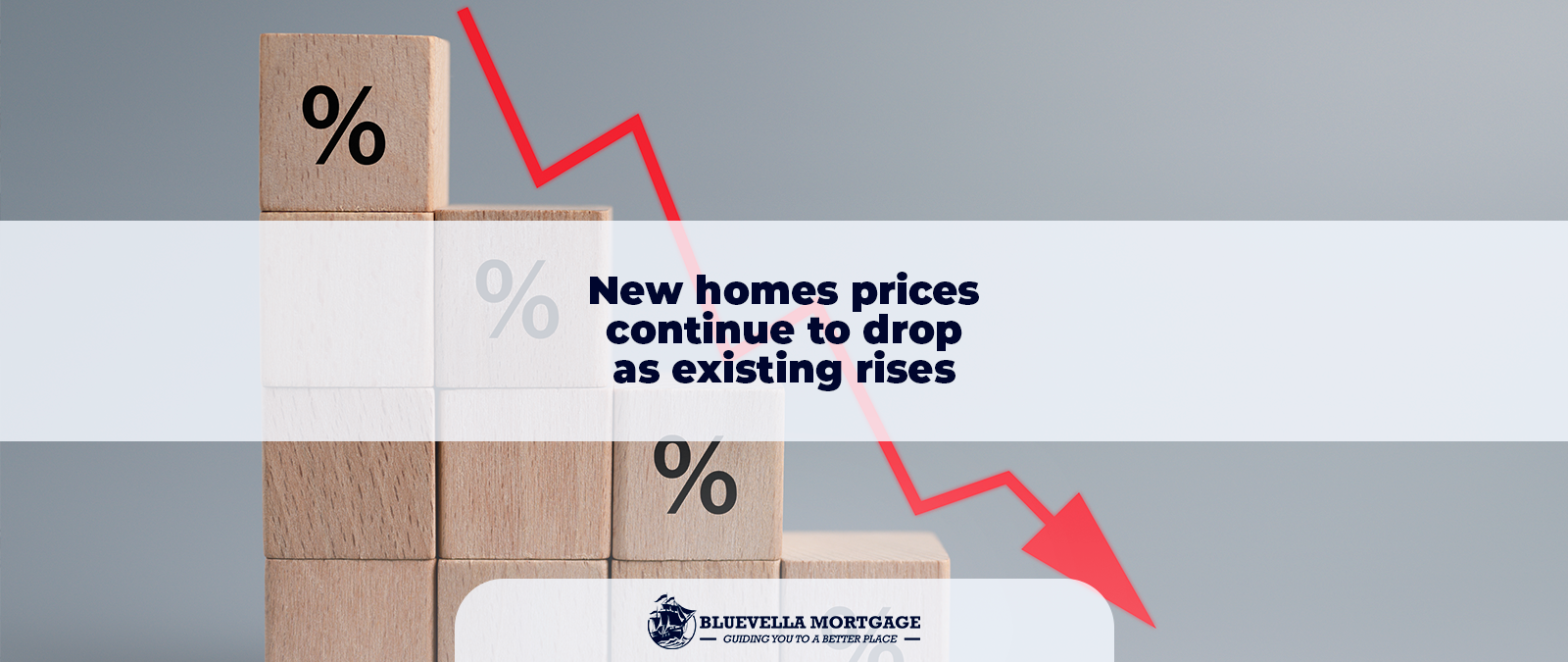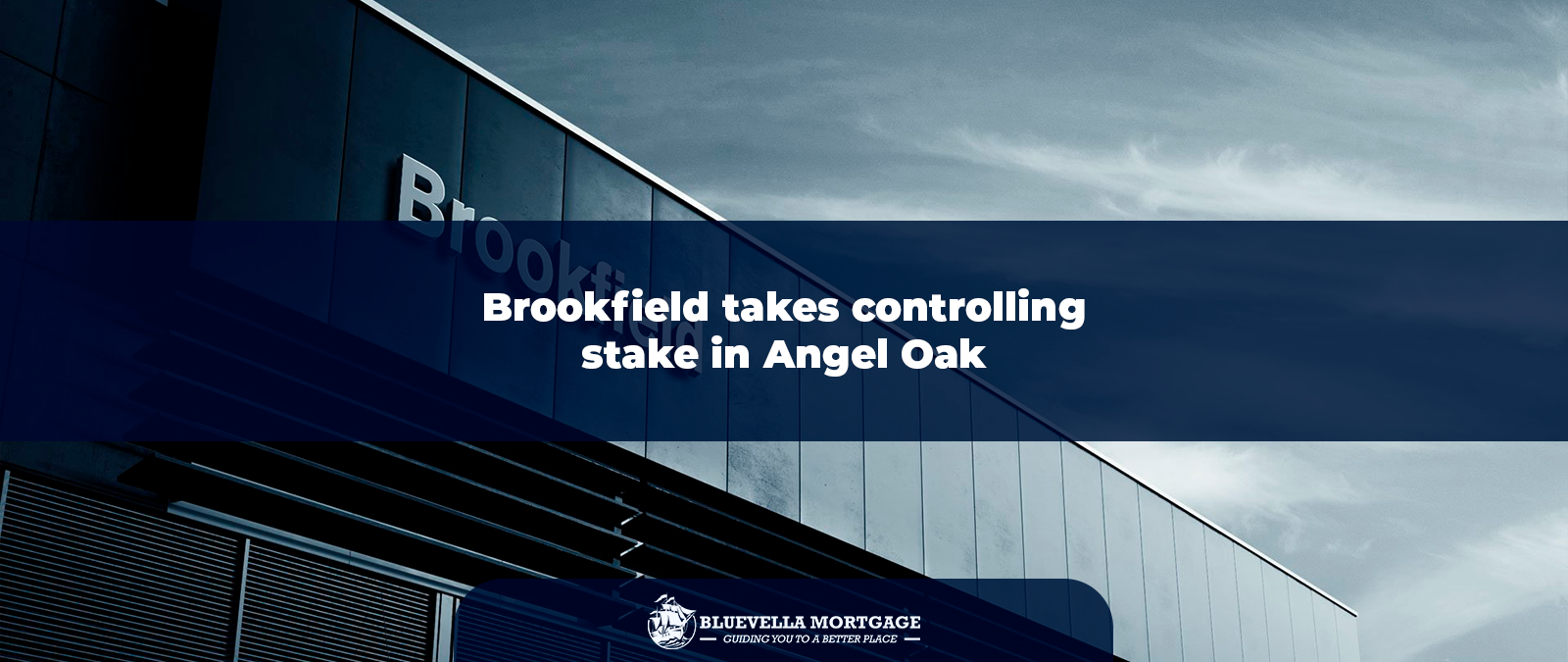Understanding the Current Mortgage Landscape
The current mortgage landscape presents a complex interplay of various economic factors, influencing both borrower behavior and lender policies. As of late 2023, mortgage applications are experiencing a notably slow start, attributing this trend largely to fluctuating interest rates and economic instability. Interest rates typically play a pivotal role in determining the affordability of loans; recent increases have led to heightened caution among potential homebuyers, thereby mitigating the surge in new applications.
Economic indicators also provide essential insights into the current mortgage environment. Data such as the unemployment rate, consumer confidence, and inflation significantly impact home purchasing decisions. With economic growth appearing tepid, potential borrowers are increasingly hesitant to make significant financial commitments, resulting in a market characterized by a cautionary approach rather than aggressive participation.
Housing demand has also evolved in response to these economic realities. The balance of supply and demand influences the availability of mortgage options. While many markets remain competitive, a slowdown in new listings and construction has contributed to tighter inventory levels. This dynamic fosters a narrow range of opportunities for buyers and further complicates the mortgage application process, as lenders adapt to a carefully calibrated risk assessment strategy.
Additionally, the repercussions of prior monetary policies continue to influence current mortgage trends. Historical low-interest rates during previous years drew a surge of homebuyers into the market, leading to heightened expectations for continued affordability. However, as rates normalize, the landscape shifts, revealing challenges for both lenders and borrowers. Overall, the current mortgage market is navigating a cautious path, reflective of external economic pressures and changing consumer sentiment, setting the stage for further exploration of phenomena like narrow ranges and early closures in subsequent sections.
Also read: Mortgage Rates Extend Winning Streak as Familiar Pattern Returns
The Slow Start: Causes and Implications
The mortgage market is experiencing a marked slow start, which can be attributed to several interrelated factors. One significant cause is the shift in federal policy. Regulatory changes regarding interest rates and lending practices have created an environment of uncertainty for both lenders and potential homebuyers. The recent adjustments made by the Federal Reserve in monetary policy have influenced the behavior of long-term interest rates, consequently affecting mortgage rates. As these rates fluctuate, consumers often become hesitant to commit to purchasing property due to fears of unaffordable future payments.
Moreover, shifting buyer sentiment plays a crucial role in the sluggish nature of the current mortgage market. Following a period of rapid home price appreciation, many potential buyers are feeling the strain on their budgets, leading to a decline in housing affordability. Concerns regarding the possibility of an economic downturn have further contributed to buyers’ hesitation. This cautious consumer behavior results in fewer mortgage applications, subsequently affecting overall loan approval rates, which have dipped as lenders adopt a more conservative approach to underwriting.
External economic pressures also exacerbate this slow start. Factors such as inflation, supply chain disruptions, and geopolitical uncertainties are impacting consumer confidence and spending habits. In this climate, borrowers are more inclined to delay significant financial decisions, including securing a mortgage. The implications are profound; for lenders, a drop in mortgage applications can lead to higher fees as they adjust to a smaller pool of borrowers, and for buyers, lingering uncertainty can hinder their ability to capitalize on favorable market conditions.
Overall, the slow start in the mortgage market presents a complex interplay of regulatory changes, buyer hesitance, and economic factors that affect both sides of the transaction, highlighting the crucial need for awareness and adaptability in this ever-evolving landscape.
Narrowest Range of Interest Rates: What It Means
The current trend in the mortgage market is characterized by the narrowest range of interest rates observed in recent years. This phenomenon has significant implications for both lenders and prospective homebuyers. A narrow range typically indicates heightened competition among lenders, as they seek to attract borrowers by offering more favorable terms. When rates are closely aligned, it becomes increasingly essential for consumers to evaluate not only the interest rates but also the associated fees and overall loan conditions.
This competitive environment can lead to improved affordability for potential homebuyers. With many lenders offering similar interest rates, borrowers can often negotiate better terms or additional incentives that enhance the mortgage experience. Furthermore, a tighter interest rate range may signal that lenders are cautious about the economic outlook, leading them to offer rates that reflect stability rather than volatility. As a result, homebuyers may find an excellent opportunity to secure mortgage financing before any changes in the financial landscape may occur.
The Impact of Economic Indicators on Mortgage Rates
Understanding the interplay between economic indicators and mortgage rates is crucial for potential homebuyers and refinancing borrowers alike. Key indicators such as inflation, unemployment rates, and consumer confidence play a significant role in shaping the mortgage landscape. Each of these variables can influence lender decisions and consequently affect the rates offered to borrowers.
Inflation, for instance, is an essential economic factor that can lead to increased mortgage rates. As inflation rises, the purchasing power of consumers decreases, prompting the Federal Reserve to raise interest rates in an attempt to stabilize the economy. These higher rates typically lead to increased borrowing costs for consumers, including those seeking mortgages. Thus, potential homebuyers should be particularly attentive to inflation trends when considering their mortgage options.
Unemployment rates also have a critical impact on mortgage rates. When unemployment rises, fewer individuals can qualify for mortgages due to diminished financial stability, which can pressure lenders to lower rates to stimulate demand. Conversely, low unemployment often indicates a robust economy, which may result in higher mortgage rates as lenders perceive reduced risk. The correlation between job availability and the affordability of housing signifies the importance of monitoring employment statistics when planning a mortgage.
Another key player in this dynamic is consumer confidence, which reflects how optimistic consumers feel about their financial situation and the economy as a whole. High consumer confidence usually results in increased spending and borrowing, which can drive mortgage rates higher. On the other hand, when consumer sentiment is low, lenders may respond by lowering mortgage rates to attract borrowers. Understanding these economic indicators will empower potential borrowers to make informed decisions about timing and mortgage products, ultimately influencing their financial outcomes.
Navigating an Early Close in the Mortgage Process
In recent years, the trend of early closures within the mortgage process has gained significant traction. An early close refers to finalizing a mortgage agreement ahead of the anticipated timeline, allowing borrowers to take possession of their new homes sooner than expected. This trend presents numerous advantages for both borrowers and lenders alike.
For borrowers, an expedited closure not only leads to quicker access to property ownership but also reduces the overall stress associated with moving and settling into a new home. Moreover, borrowers can often lock in a lower interest rate by finalizing their financing sooner during favorable market conditions. This can result in significant long-term savings, making early closure an attractive option for those in the market for a new mortgage.
Lenders, on the other hand, benefit from increased customer satisfaction when they can offer accelerated processing times. In an increasingly competitive mortgage market, the ability to finalize loans rapidly can help lenders differentiate themselves and build stronger relationships with their clientele. Furthermore, early closures can streamline workflows, allowing lenders to efficiently manage their resources and reduce costs associated with protracted underwriting processes.
Several factors contribute to an expedited mortgage approval process, including a well-organized application, complete documentation from borrowers, and the proficiency of the lender’s team. Borrowers can facilitate an early close by being thorough in their application process, providing all necessary documents promptly, and maintaining open lines of communication with their lender. Additionally, choosing a lender known for their efficient practices can play a pivotal role in achieving an expedited closure.
With preparation and an understanding of the mortgage landscape, borrowers can effectively navigate the pathway to an early close, bringing them one step closer to homeownership while enjoying the many benefits this trend has to offer.
Best Practices for Homebuyers in a Changing Market
In the current mortgage landscape, characterized by slow starts, narrow ranges, and early closures, prospective homebuyers must adopt effective strategies to navigate these complexities successfully. One of the primary considerations for borrowers is enhancing their creditworthiness. A strong credit score not only improves the odds of mortgage approval but also allows for more favorable interest rates. Homebuyers should take proactive steps, such as paying down outstanding debts, timely bill payment, and avoiding new credit inquiries before applying for a mortgage. Additionally, obtaining copies of credit reports and correcting any discrepancies can further strengthen an applicant’s profile.
Understanding the various types of loans available is equally crucial in the mortgage process. Different loan products cater to diverse needs and scenarios. For instance, conventional loans may provide competitive terms for buyers with solid credit histories, while government-backed options such as FHA or VA loans can assist those with lower credit scores or first-time buyers. By familiarizing themselves with these options, homebuyers can select a mortgage that aligns with their financial situation and long-term goals.
Flexibility during negotiations with lenders is another essential practice for navigating today’s mortgage market. Given the unpredictable environment, homebuyers should be prepared to adjust their expectations regarding loan terms, interest rates, and down payment amounts. Staying informed about market trends and comparing offers from multiple lenders empowers buyers to make informed decisions. Moreover, working with a knowledgeable mortgage broker can provide valuable insights and guidance in this multifaceted landscape. By implementing these best practices, homebuyers can enhance their prospects of securing a mortgage that meets their needs amidst fluctuations in the market.
Lenders’ Perspective: Responding to Market Changes
In the current landscape of the mortgage market, lenders are faced with unique challenges brought on by slow starts and narrow interest rate ranges. As economic uncertainties loom, mortgage lenders are employing various strategies to attract borrowers while maintaining a competitive edge. One prevalent approach is the refinement of loan products to better meet the needs of potential clients. This includes the introduction of flexible mortgage solutions that cater to varied financial situations, helping more individuals find suitable financing options. By diversifying their offerings, lenders can attract a broader range of borrowers amidst fluctuating demand.
Moreover, lenders are increasingly leveraging technology to enhance efficiency and customer experience. Digital platforms streamline the application process, reducing the time required for approvals and making mortgage products more accessible. This technological advancement not only improves service delivery but also enables lenders to capture a larger market share by appealing to tech-savvy consumers who favor convenience in financial transactions. The integration of customer relationship management tools further allows lenders to foster relationships with prospective borrowers through targeted marketing efforts and personalized communication.
Risk management also plays a crucial role in lenders’ responses to the current market dynamics. Given the uncertain economic climate, lenders are reassessing their credit policies and underwriting standards to mitigate potential defaults while still encouraging responsible lending. This careful balance helps to ensure that lenders remain financially sound while offering viable mortgage products to borrowers. Adequate training and continuous education for loan officers on market trends further facilitate informed decision-making, empowering them to advise clients effectively.
In summary, by innovating product offerings, adopting technology, and enhancing risk management, mortgage lenders are navigating the complexities of the market, ensuring they remain responsive, competitive, and capable of serving the needs of their clients.
Future Predictions for the Mortgage Market
The mortgage market is subject to various dynamic factors, and as we look ahead, several key trends and forecasts are emerging. Industry experts anticipate that interest rates will likely experience fluctuations, with many predicting a gradual increase over the next few years. These predictions are influenced by ongoing economic recovery, inflation management, and Federal Reserve monetary policies. Borrowers may face higher financing costs, which could lead to a slowdown in demand for new mortgages.
Additionally, housing availability is expected to remain a critical issue. With the ongoing inventory shortage, home prices are projected to stabilize but may not see significant declines. This limited supply may pressure prospective buyers, particularly first-time homeowners, who could find it increasingly challenging to enter the market. Builders are responding to this by ramping up construction of new homes, but supply chain constraints and rising material costs could inhibit timely completions.
Another important trend is the possible shift in borrower demand. With rising interest rates, many homeowners may choose to remain in their current residences rather than pursue new purchases. This phenomenon of ‘rate lock-in’ implies that fewer existing homes will be listed for sale, further exacerbating the inventory crisis. Consequently, lenders may need to pivot their strategies toward alternative financing solutions, such as home equity lines of credit, to better cater to their client base.
Emerging technologies in mortgage processing could also reshape the landscape, as digitalization continues to streamline the application and approval processes. This innovation may attract tech-savvy borrowers who prioritize convenience. Overall, while the future presents challenges for the mortgage market, understanding these evolving patterns is essential for both consumers and industry professionals as they navigate this complex environment.
Conclusion
In the ever-evolving mortgage market, understanding emerging trends is crucial for both homebuyers and lenders. The past few years have been characterized by slow starts in new mortgage applications, reflecting broader economic uncertainties. This trend indicates a caution among potential homebuyers who are wary of fluctuating interest rates and potential economic downturns. Lenders, on the other hand, must adapt to these slow starts by refining their offerings and improving customer experience to attract those who are still interested in purchasing a home.
Another key aspect to bear in mind is the observed narrow ranges in mortgage rates. Such stability can be advantageous; however, it also necessitates that stakeholders remain vigilant in monitoring small shifts that could have significant implications on affordability and buyer sentiment. Lenders need to strike a balance between competitive interest rates and sustainable lending practices to navigate these narrow margins effectively.
Moreover, the trend of early closures in mortgage applications signals a changing mindset among homebuyers. With increased access to information online and greater awareness of market dynamics, consumers are now more informed and, consequently, more decisive in their mortgage choices. This shift underscores the importance of providing timely and transparent information, allowing buyers to feel confident in their decisions.
Ultimately, for stakeholders involved in the mortgage market, it is imperative to foster proactive strategies. Accurate data analysis and continuous monitoring of economic conditions will enable lenders to make informed decisions and adapt their strategies dynamically. By staying ahead of market trends, homebuyers and lenders can successfully navigate the complexities of the mortgage landscape and capitalize on opportunities that arise within this evolving environment.
Read more here: Slow Start, Narrowest Range, Early Close






